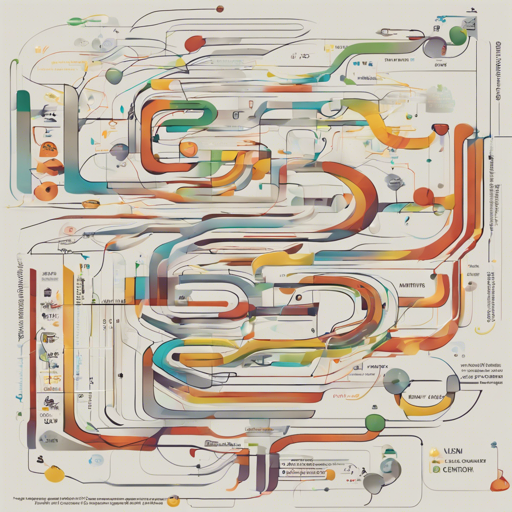The NLGP docstring model is an innovative approach in programming that allows you to transform natural language intents into executable Python code based on its context. This model, introduced in the paper Natural Language-Guided Programming, was developed by researchers at Nokia Bell Labs. In this article, we’ll guide you through its usage step by step.
What Does the NLGP Docstring Model Do?
The NLGP docstring model has the capability to synthesize Python code that complies with a specified intent. To illustrate, consider the following example:
Example
- Context:
import matplotlib.pyplot as plt values = [1, 2, 3, 4] labels = ['a', 'b', 'c', 'd'] - Intent:
# plot a bar chart - Prediction:
plt.bar(labels, values) plt.show()
How to Use the NLGP Docstring Model
Using the NLGP Docstring Model involves several steps. Below is a basic outline:
Installation
First, ensure you have the necessary libraries:
refromtransformers
Loading the Model
To get started, import the model and tokenizer:
from transformers import GPT2LMHeadModel, GPT2TokenizerFast
# Load the model
tok = GPT2TokenizerFast.from_pretrained("Nokia/nlgp-docstring")
model = GPT2LMHeadModel.from_pretrained("Nokia/nlgp-docstring")Preprocessing and Inference
The model requires preprocessing of the context and the query. Here’s a simplified analogy:
Imagine you’re baking a cake (your code context), and you need a recipe (your query) to create it. The model combines both to give you the final output (the synthesized Python code).
Here’s how to implement this:
num_spaces = [2, 4, 6, 8, 10, 12, 14, 16, 18]
def preprocess(context, query):
# Combines context + query and replaces whitespace with special tokens
input_str = f"{context}\n{query}\n(end of comment)\n"
indentation_symbols = "\n".join([f"{n * ' '}" for n in num_spaces])
# Further processing details...
return modified_input_str
Generating Code
Finally, use the model to generate the output based on the prepared input:
output = model.generate(input_ids=input_ids, max_length=total_max_length, min_length=10, do_sample=False, num_beams=4, early_stopping=True)
output_str = tok.decode(output[0])Troubleshooting and Tips
Here are some common issues that might arise while using the NLGP model:
- If you encounter an error regarding model loading, ensure you’ve correctly spelled the model’s name and that you’re connected to the internet.
- For tokenization errors, check if your input strings are properly formatted and do not contain unsupported characters.
- If the generated output is not as expected, modify the context or query to provide clearer instructions to the model.
For more insights, updates, or to collaborate on AI development projects, stay connected with fxis.ai.
Conclusion
At fxis.ai, we believe that such advancements are crucial for the future of AI, as they enable more comprehensive and effective solutions. Our team is continually exploring new methodologies to push the envelope in artificial intelligence, ensuring that our clients benefit from the latest technological innovations.

